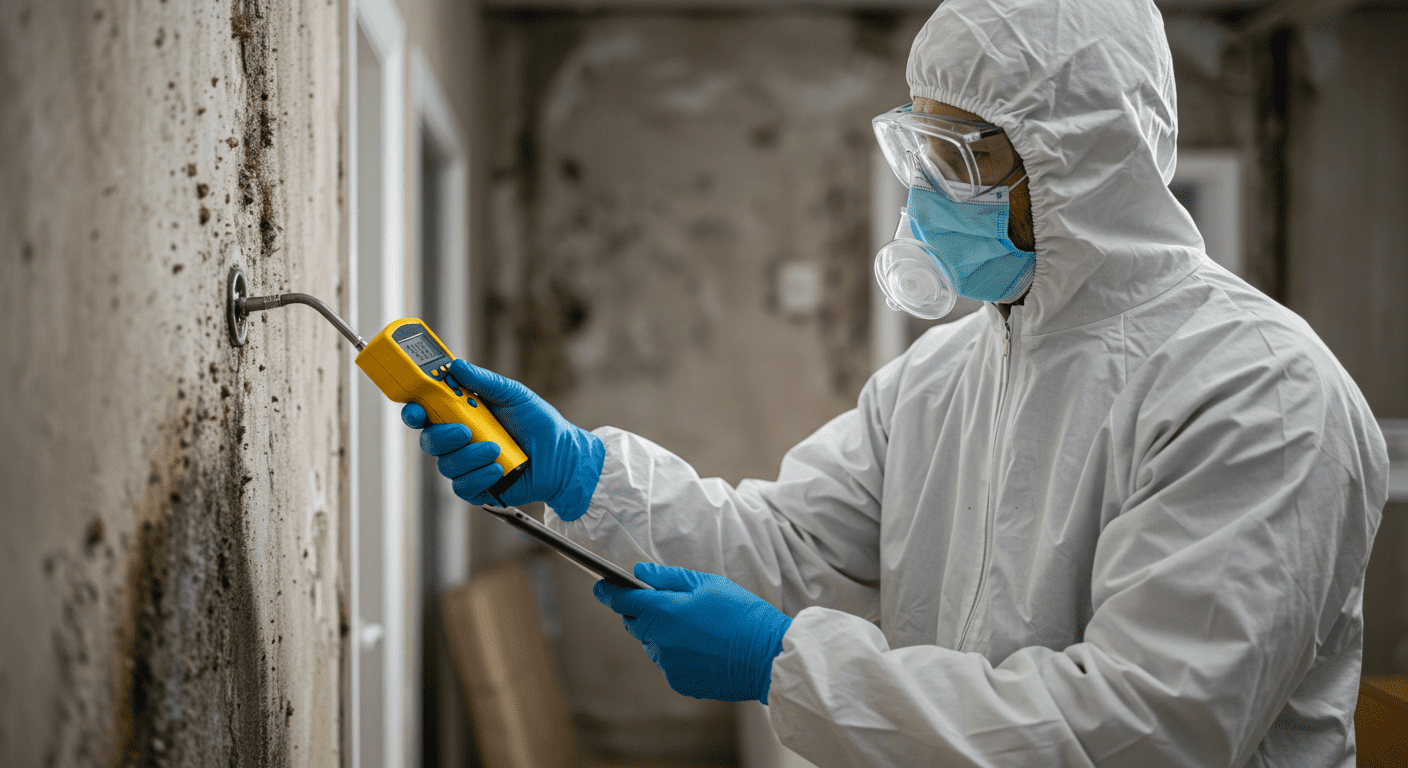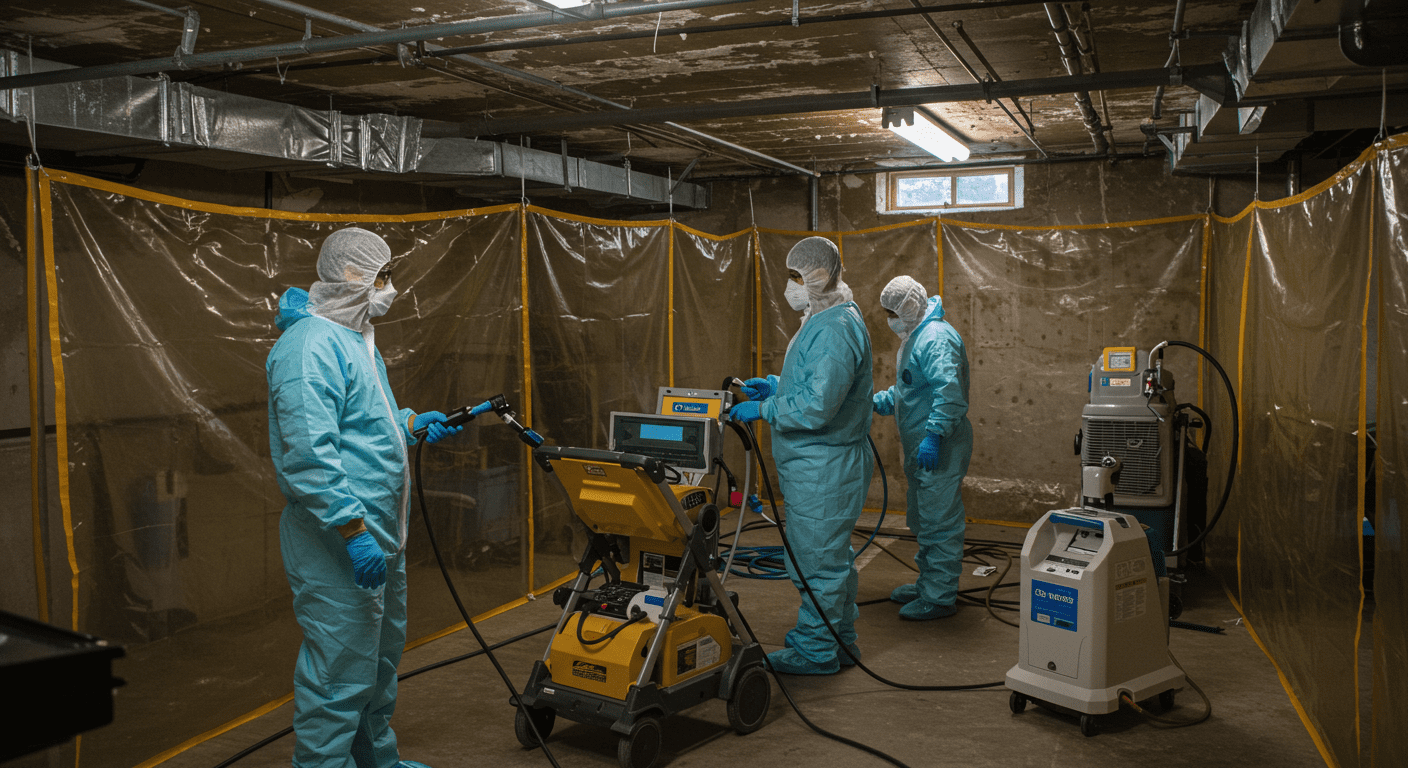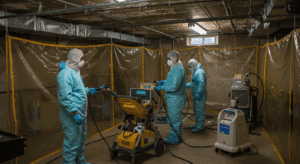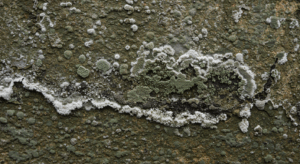Mold is a persistent problem that can wreak havoc on homes and health alike. For residents of Passaic, NJ, understanding the mold mitigation process is essential to maintaining a safe and healthy living environment. This guide provides an in-depth look at the causes of mold, the mitigation process, and how to prevent future growth, ensuring your home remains mold-free.
Understanding Mold Growth in Passaic, NJ
Common Causes of Mold
Mold thrives in environments with excessive moisture, making Passaic, NJ, a prime location due to its humid climate and seasonal weather changes. Common causes of mold include water leaks, poor ventilation, and high indoor humidity levels. Homes with inadequate drainage systems or those affected by flooding are particularly vulnerable. Additionally, everyday activities like cooking, showering, and drying clothes indoors can contribute to moisture buildup, creating the perfect breeding ground for mold.
Health Risks Associated with Mold Exposure
Mold exposure can lead to a range of health issues, especially for individuals with allergies, asthma, or compromised immune systems. Symptoms include respiratory problems, skin irritation, and eye discomfort. Prolonged exposure can exacerbate chronic conditions and lead to severe complications. For families in Passaic, addressing mold promptly is not just about property preservation but also about safeguarding health and well-being.
The Mold Inspection Process
Visual Assessments and Testing Methods
The first step in mold mitigation is a thorough inspection. Professionals use visual assessments to identify visible mold growth and areas prone to moisture. Advanced testing methods, such as air sampling and surface swabs, help detect hidden mold and determine the severity of contamination. These techniques ensure no area is overlooked, providing a comprehensive understanding of the problem.
Importance of Professional Mold Inspections
While DIY inspections may seem cost-effective, they often miss hidden mold or fail to address the root cause. Professional mold inspections are crucial as they combine expertise, specialized equipment, and adherence to safety standards. By identifying the source of moisture and the extent of mold growth, professionals can recommend effective mitigation strategies tailored to your home’s needs. Learn more about mold inspection and testing services in Paterson, NJ.
The 12-Step Mold Mitigation Process
Detailed Overview of Each Step
- Initial Assessment: Identifying the extent of mold contamination.
- Containment: Sealing off affected areas to prevent mold spores from spreading.
- Air Filtration: Using HEPA filters to remove airborne mold spores.
- Moisture Control: Addressing leaks and humidity issues.
- Removal of Contaminated Materials: Disposing of mold-infested items.
- Surface Cleaning: Using EPA-approved solutions to clean affected surfaces.
- Drying: Ensuring all areas are thoroughly dried to prevent regrowth.
- Repairs: Fixing structural damage caused by mold or moisture.
- Preventive Treatments: Applying mold-resistant coatings.
- Final Inspection: Verifying the effectiveness of the mitigation process.
- Documentation: Providing a detailed report of the work done.
- Follow-Up: Scheduling periodic checks to ensure mold does not return.
This structured process ensures a thorough and effective approach to mold mitigation, leaving your home safe and healthy.

Importance of Following EPA Guidelines
Adhering to EPA guidelines during mold mitigation is essential for ensuring safety and effectiveness. These guidelines provide best practices for handling mold, including the use of environmentally friendly products and proper disposal methods. By following these standards, professionals not only eliminate mold but also minimize environmental impact.
Preventing Future Mold Growth
Effective Moisture Control Strategies
Preventing mold starts with controlling moisture. Regularly inspect your home for leaks, ensure proper ventilation in bathrooms and kitchens, and use dehumidifiers to maintain optimal humidity levels. Sealing windows and doors with weather stripping can also prevent moisture intrusion. Additionally, cleaning gutters and ensuring proper drainage around your home can reduce the risk of water damage.
Recommended Maintenance Practices
Routine maintenance is key to keeping mold at bay. Schedule regular HVAC inspections, clean air ducts, and replace filters to improve air quality. Periodically check for signs of mold in hidden areas like basements, attics, and behind appliances. By staying proactive, you can address potential issues before they escalate. Discover more about cleaning mold after water damage.
Conclusion
Mold mitigation is a critical process for homeowners in Passaic, NJ, to ensure a safe and healthy living environment. From understanding the causes of mold to following a comprehensive 12-step mitigation process and implementing preventive measures, this guide equips you with the knowledge to tackle mold effectively. Remember, professional assistance is invaluable in addressing mold issues thoroughly and safely. Take the first step towards a mold-free home today!



